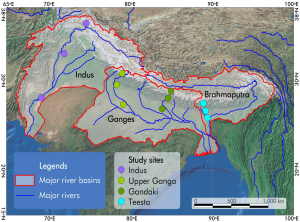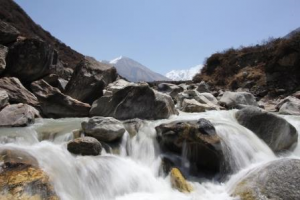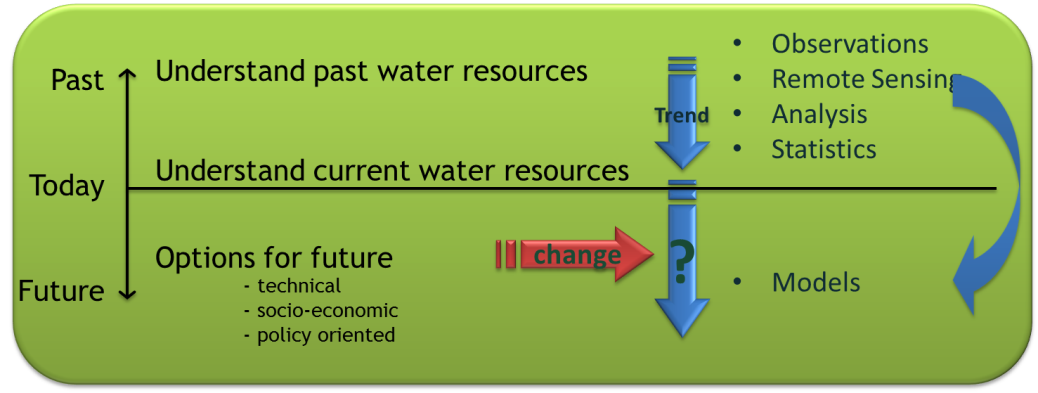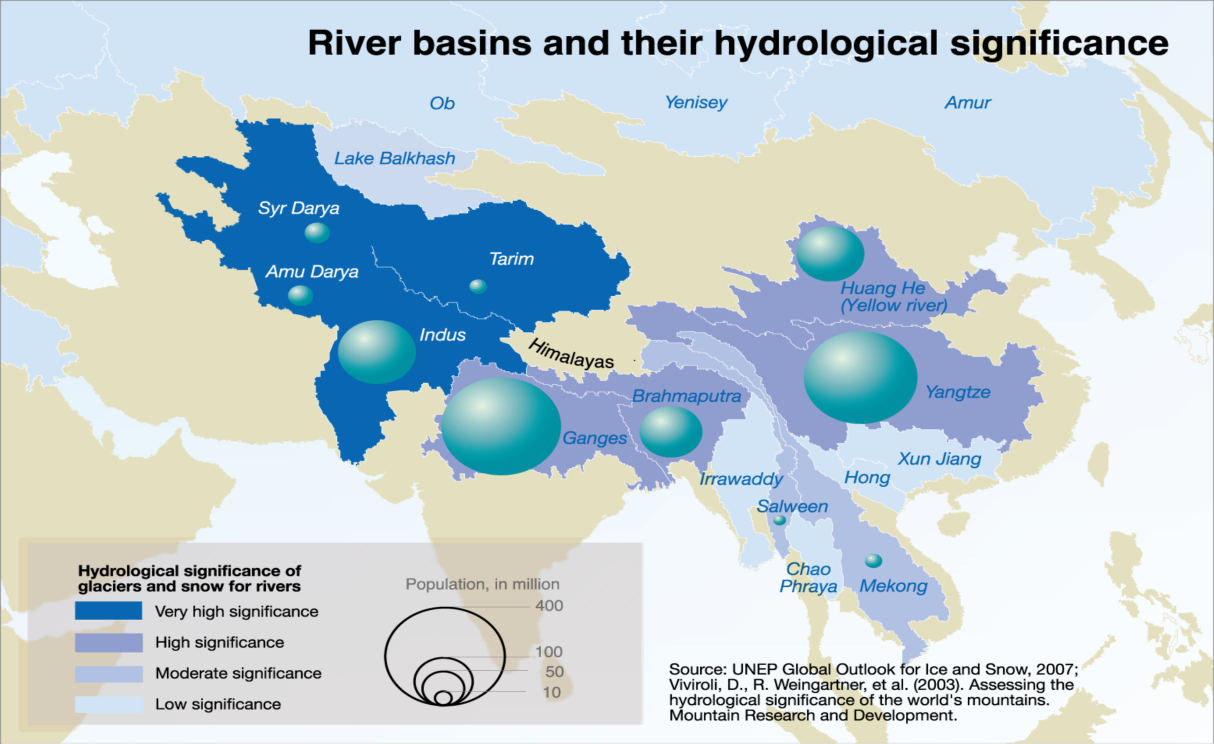I-DIP is gebaseerd op InfoSequia, een geavanceerde toolkit die satellietgegevens, lokale waarnemingen en machine learning integreert om droogtes te monitoren en te voorspellen. Er zal een nieuwe indicator voor flitsdroogte, aangepast aan het Pakistaanse klimaat, worden ontwikkeld en geïntegreerd in het bestaande NDMC-systeem. Het project zal de mogelijkheden voor vroegtijdige waarschuwing verbeteren, de voedsel- en waterzekerheid waarborgen en bijdragen aan de nationale inspanningen voor klimaatadaptatie, waardoor de weg wordt vrijgemaakt voor de uitbreiding van het I-DIP in heel Pakistan.
Naast monitoring zal het I-DIP zijn voorspellingen koppelen aan besluitvormingsinstrumenten. Informatie over de gevolgen zal worden verspreid via nieuwsbrieven en de inFarmer-applicatie (ontwikkeld door WaterSprint), die al op grote schaal wordt gebruikt door boerengemeenschappen. Veldmedewerkers van het Better Cotton Initiative zullen deze kennis vertalen naar praktische richtlijnen voor boeren, zodat ze irrigatiepraktijken kunnen aanpassen, teeltkalenders kunnen bijstellen en potentiële verliezen kunnen beperken. Deze integratie van geavanceerde droogtewetenschap met gevestigde communicatienetwerken zorgt ervoor dat vroegtijdige waarschuwingen worden omgezet in praktische acties in het veld.
Door I-DIP te integreren in het operationele systeem van de NDMC versterkt het project direct de vroegtijdige waarschuwingscapaciteit voor droogte in Pakistan, sluit het aan bij het nationale klimaatbeleid en ondersteunt het de toezeggingen van het land in het kader van de Sustainable Development Goals. Op de lange termijn zal het proefproject naar verwachting de schaalvergroting van I-DIP in heel Pakistan katalyseren, waardoor de autoriteiten de beschikking krijgen over een geavanceerd instrument om te anticiperen op deze extreme gebeurtenissen en ze te beheersen.
 HI-AWARE is one of four consortia of the Collaborative Adaptation Research Initiative in Africa and Asia (CARIAA). HI-AWARE aims to contribute to enhanced adaptive capacities and climate resilience of the poor and vulnerable women, men, and children living in the mountains and flood plains of the Indus, Ganges, and Brahmaputra river basins through the development of robust evidence to inform people-centred and gender-inclusive climate change adaptation policies and practices for improving livelihoods.
HI-AWARE is one of four consortia of the Collaborative Adaptation Research Initiative in Africa and Asia (CARIAA). HI-AWARE aims to contribute to enhanced adaptive capacities and climate resilience of the poor and vulnerable women, men, and children living in the mountains and flood plains of the Indus, Ganges, and Brahmaputra river basins through the development of robust evidence to inform people-centred and gender-inclusive climate change adaptation policies and practices for improving livelihoods.




